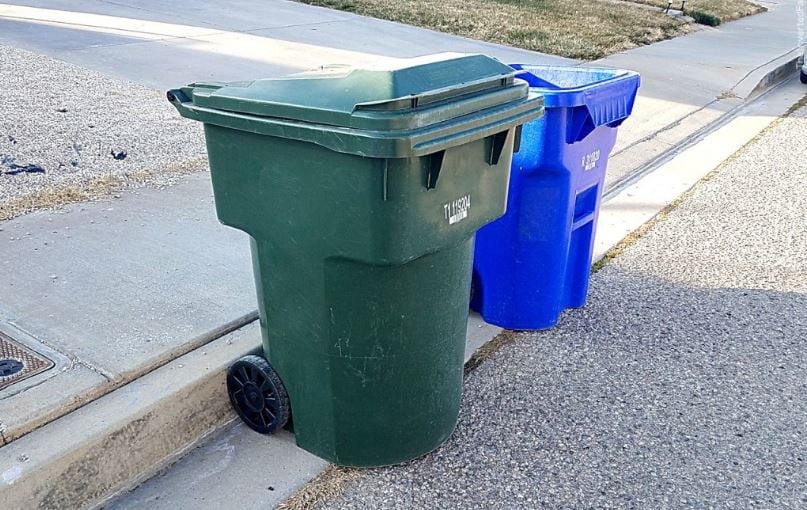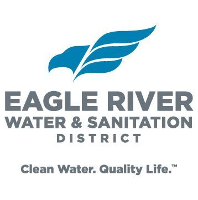Separation of household trash, grass and leaves ends Monday – KLKN-TV

Report on Seasonal Yard Waste Management Policy in Lincoln, Nebraska and its Alignment with Sustainable Development Goals
Executive Summary
A report on the seasonal adjustment of yard waste disposal regulations for residents of Lincoln and Lancaster County, Nebraska. Effective Monday, the requirement to separate grass and leaves from general household trash is suspended for the winter period. This policy has significant implications for local sustainability efforts and aligns with several United Nations Sustainable Development Goals (SDGs).
Regulatory Framework and Operational Adjustments
The policy is governed by the Nebraska Integrated Solid Waste Management Act, which mandates different procedures for waste disposal based on the season.
-
Mandatory Separation Period (April 1 – November 30)
- Residents are required to separate grass and leaves from household trash.
- Collected yard waste is transported to the city’s compost facility for processing.
- A separate fee is levied by waste haulers for this specialized collection service.
-
Winter Co-mingling Period (December 1 – March 31)
- Residents are permitted to dispose of grass and leaves with regular household trash.
- Additional fees may be incurred based on the increased volume and weight of waste collection.
- The use of paper lawn bags is recommended to prevent organic material from freezing to plastic containers.
Contribution to Sustainable Development Goals (SDGs)
The city’s waste management strategy, particularly its seasonal composting program, directly supports several key SDGs by transforming waste into a resource and reducing environmental impact.
- SDG 11: Sustainable Cities and Communities: The program is a core component of sustainable municipal waste management (Target 11.6). By diverting a significant volume of organic waste from landfills, the city reduces its environmental footprint and fosters a more sustainable urban environment.
- SDG 12: Responsible Consumption and Production: This policy promotes circular economy principles by converting waste into valuable compost. It substantially supports Target 12.5, which aims to reduce waste generation through prevention, reduction, recycling, and reuse.
- SDG 13: Climate Action: Diverting organic materials from landfills is a critical climate action strategy. It mitigates the production of methane, a potent greenhouse gas generated by decomposing organic matter in anaerobic landfill conditions.
- SDG 15: Life on Land: The compost produced from this program improves soil health and fertility. This reduces the need for synthetic fertilizers and helps to combat land degradation, contributing to the sustainable management of terrestrial ecosystems.
Resources and Further Information
To further advance these sustainability goals, residents are encouraged to engage in supplementary practices and seek official guidance.
- Residents are encouraged to practice home composting to further contribute to waste reduction and soil enrichment goals.
- Official information and detailed guidance on composting are available through the City of Lincoln’s public resources.
Analysis of Sustainable Development Goals in the Article
1. Which SDGs are addressed or connected to the issues highlighted in the article?
-
SDG 11: Sustainable Cities and Communities
The article directly addresses municipal waste management within Lincoln and Lancaster County. The policy of separating yard waste for composting is a key strategy for creating more sustainable urban environments by reducing the amount of waste sent to landfills and managing organic waste effectively.
-
SDG 12: Responsible Consumption and Production
This goal is central to the article’s theme. The practice of separating grass and leaves for composting is a form of recycling organic materials. This aligns with the goal of substantially reducing waste generation through recycling and promoting a circular economy where organic waste is repurposed as compost.
-
SDG 13: Climate Action
While not explicitly stated, the city’s composting program is a climate action measure. When organic waste like grass and leaves decomposes in landfills, it produces methane, a potent greenhouse gas. Composting is an aerobic process that significantly reduces these emissions, thereby contributing to climate change mitigation. The “Nebraska Integrated Solid Waste Management Act” represents a policy that integrates such measures.
2. What specific targets under those SDGs can be identified based on the article’s content?
-
Target 11.6: Reduce the adverse environmental impact of cities
This target aims to reduce the adverse per capita environmental impact of cities, with a special focus on municipal waste management. The article’s entire subject—a mandated program for separating and composting yard waste (“grass and leaves are taken to the city’s compost facility”)—is a direct implementation of improved municipal waste management to lessen the city’s environmental footprint.
-
Target 12.5: Substantially reduce waste generation
This target focuses on reducing waste generation through prevention, reduction, recycling, and reuse. The policy described, which requires residents to separate yard waste for composting from April to November, is a clear example of recycling organic waste. This practice diverts a significant volume of material from landfills, directly contributing to the reduction of overall waste generation.
3. Are there any indicators mentioned or implied in the article that can be used to measure progress towards the identified targets?
-
Implied Indicator: Volume and weight of organic waste diverted from landfills
The article mentions that “Additional fees may be charged for their regular waste collection based on the volume and weight of the leaves and grass collected.” This implies that the city and waste haulers are already measuring the amount of yard waste. This data (volume and weight) can serve as a direct indicator to measure the success of the composting program and track progress towards Target 11.6 and Target 12.5 by quantifying the amount of waste diverted from landfills and recycled through composting.
-
Implied Indicator: Proportion of waste managed through controlled facilities
The article refers to a “city’s compost facility” as the destination for separated yard waste. This points to the existence of controlled facilities for waste management. The proportion of total municipal waste (specifically, yard waste) that is collected and processed at this facility versus being sent to a landfill is a key indicator for Target 11.6.1 (Proportion of municipal solid waste collected and managed in controlled facilities).
4. Summary Table of SDGs, Targets, and Indicators
| SDGs | Targets | Indicators |
|---|---|---|
| SDG 11: Sustainable Cities and Communities | Target 11.6: By 2030, reduce the adverse per capita environmental impact of cities, including by paying special attention to air quality and municipal and other waste management. | Proportion of municipal waste (yard waste) collected and managed in a controlled compost facility. |
| SDG 12: Responsible Consumption and Production | Target 12.5: By 2030, substantially reduce waste generation through prevention, reduction, recycling and reuse. | The “volume and weight of the leaves and grass collected” for composting, which serves as a measure of the recycling rate for organic waste. |
| SDG 13: Climate Action | Target 13.2: Integrate climate change measures into national policies, strategies and planning. | The existence of the “Nebraska Integrated Solid Waste Management Act,” which mandates waste separation and composting, serves as an indicator of a state-level policy integrating climate-friendly practices. |
Source: klkntv.com
What is Your Reaction?
 Like
0
Like
0
 Dislike
0
Dislike
0
 Love
0
Love
0
 Funny
0
Funny
0
 Angry
0
Angry
0
 Sad
0
Sad
0
 Wow
0
Wow
0




















































.jpg.webp?itok=0ZsAnae9#)


























